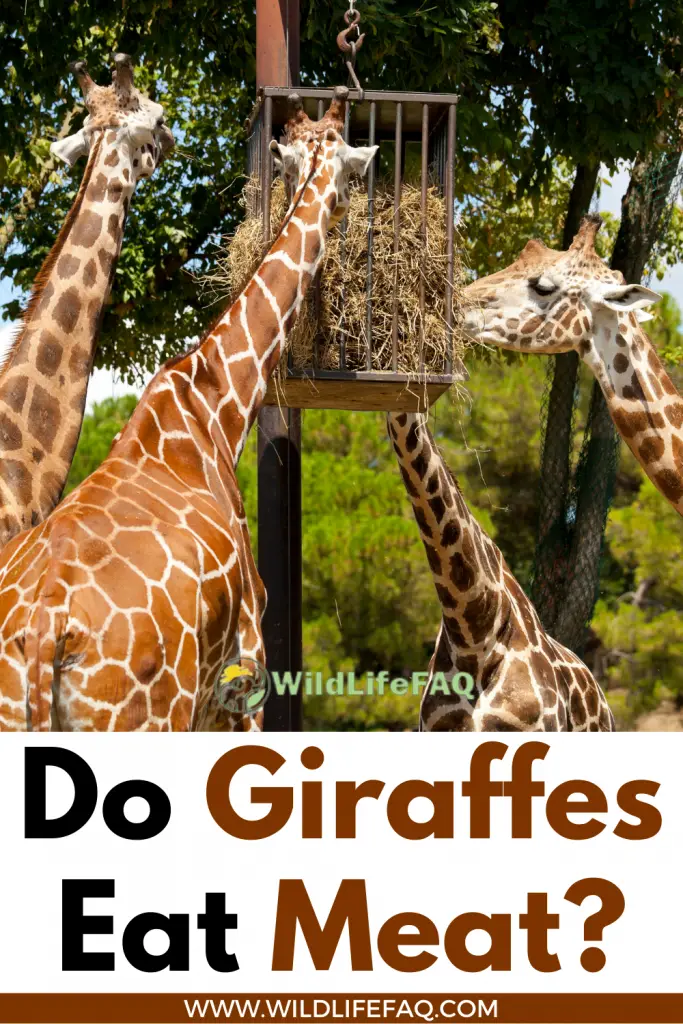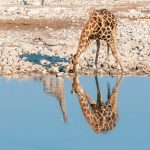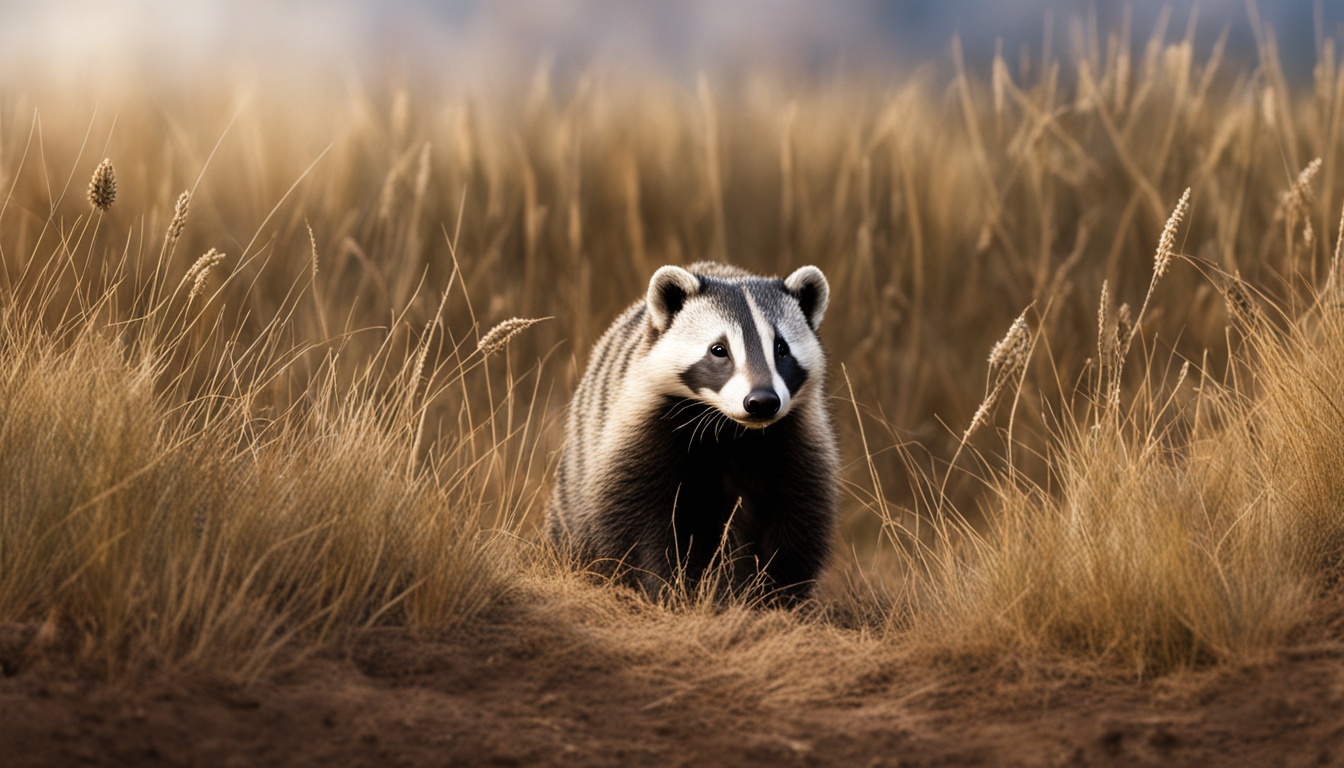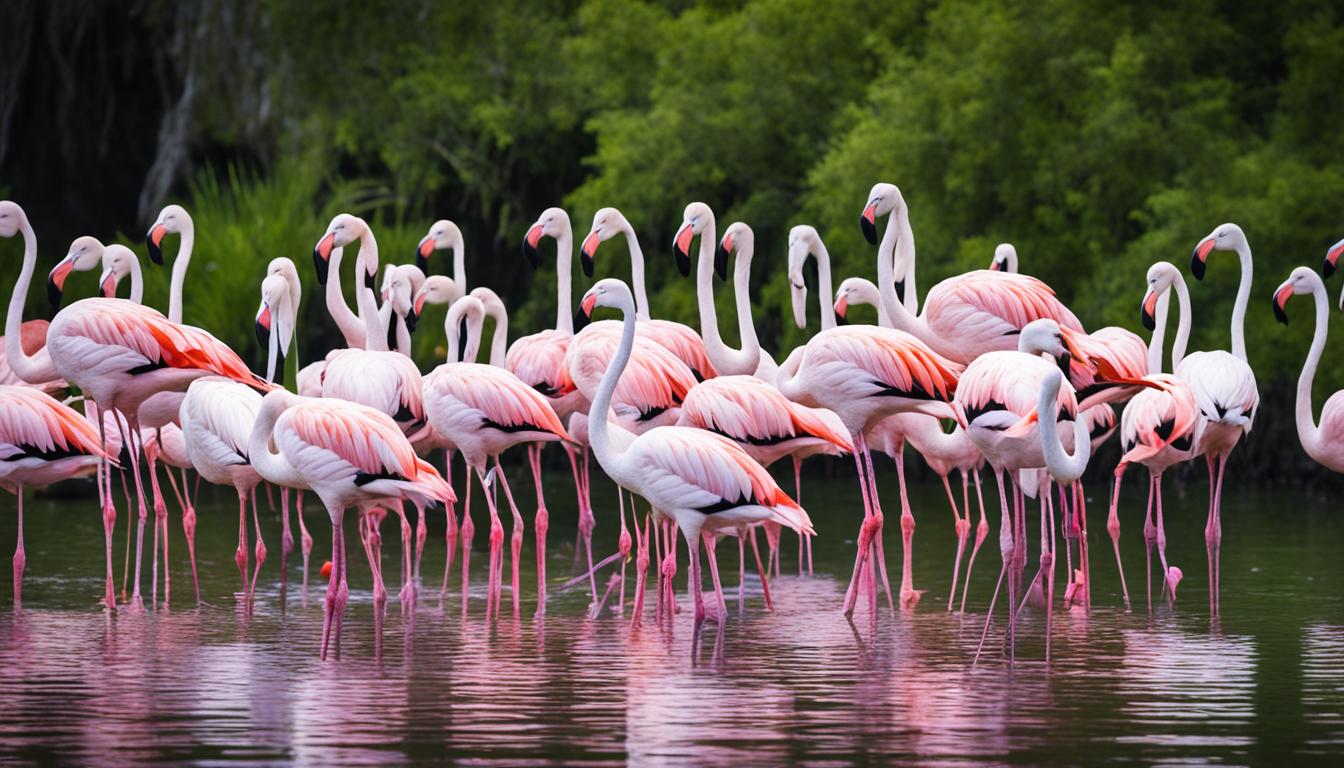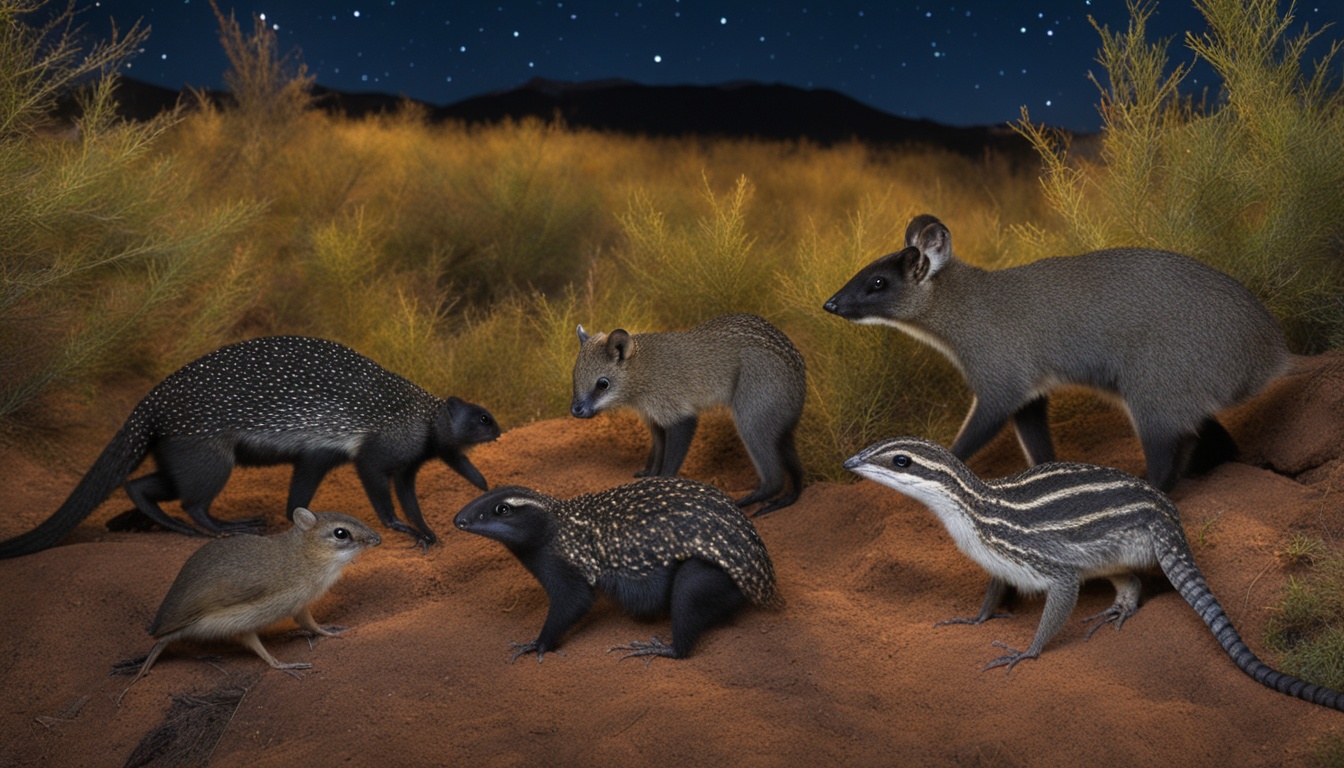No, giraffes are herbivores and don’t eat meat. But under certain circumstances, giraffes actually do eat meat.
What Does A Giraffe Usually Eat?
Giraffes are ruminants – like deer, goats, and sheep – and are classed as herbivores.
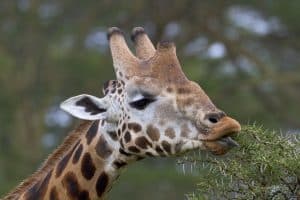
In the savannahs of central Africa where most species of giraffe live – their favorite food is the leaves of the Acacia. A spiny plant – it takes careful eating – and their huge prehensile tongue is the perfect tool for the job. These plants are high in protein and calcium – both essential for sustaining the giraffe’s huge size.
They will also eat many other plants including mimosa, myrrh, bush willows, grasses, and fruits – totaling up to 75lbs of food a day.
This takes time to collect just with their tongue – so they often eat for around 16 hours a day. Just like all leaf-browsers – they have a preferred height to eat from and so seek out those taller shrubs and trees to make eating easier and safer.
They will eat grasses and smaller plants from ground level if times are tough – but their neck – surprisingly – isn’t actually long enough to reach the ground.
To eat from ground level is very dangerous for a giraffe – as is drinking – because the giraffe has to spread their front legs to get their head that low.
This makes them very vulnerable. Giraffes in this position are often preyed upon by lions – so the food has got to be really worth eating to take that risk.
Why Would A Giraffe Eat Meat?
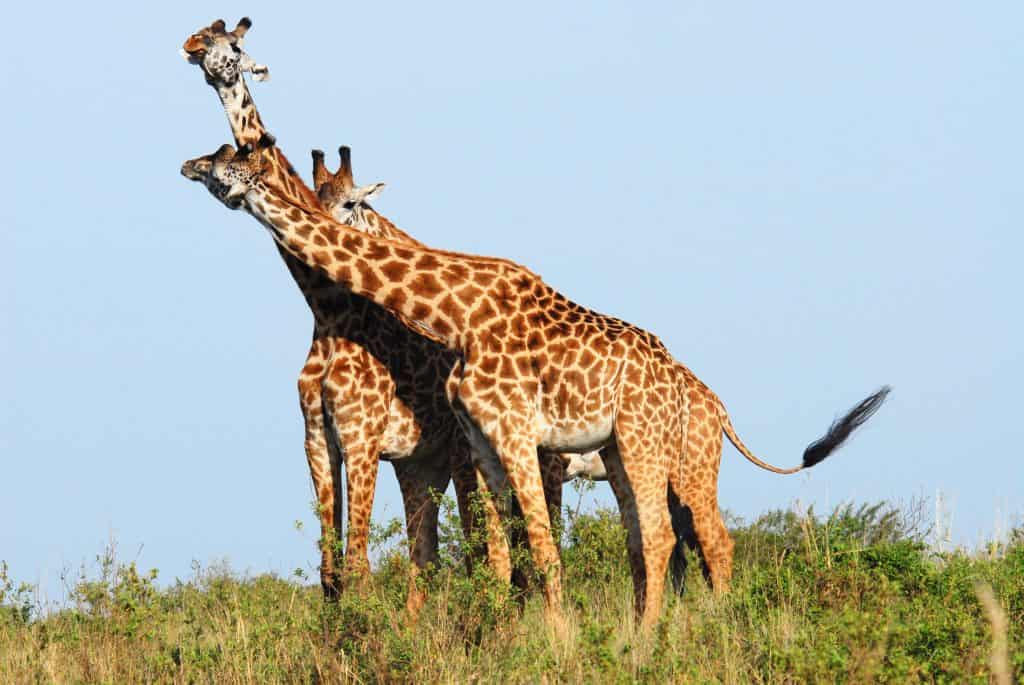
Normally, in good conditions, there will be enough food for giraffes to eat well and digest all the nutrients they need. Browsing their favorite trees and having plenty of choices is the perfect life for a giraffe family.
However, in drier seasons when there is less food – or more giraffes – food consumption is compromised. Not only might there be less food in the first place – but the plant growth may be poor because of the very same conditions.
Needless to say, if a giraffe is lacking in nutrients or is very hungry, it may well look to other sources for food – and one of these might be an animal carcass.
A giraffe would never ‘hunt’ live prey – it doesn’t have the right equipment to do so – but it will scavenge. Finding some meat and bones available could well be enough to get back some valuable nutrients that it was lacking – but it is a risk.
Feeding on the ground is bad enough – but standing with your head down in a place that usually attracts predators is even worse.
Alternatively – it could be that giraffes only lick or taste meat purely because they stumble across it and want to investigate. Having your eyes 15ft off the ground isn’t the best way to find out what is on the floor beneath you.
They wouldn’t be able to digest skin and bones anyway – they are vegetarians – so they would be limited by what they could eat anyway.
Do Giraffes Have 4 Stomachs Like Cows?
Yes. As a ruminant, they have 4 chambers to their stomach – just like a cow – so they specialize in eating plant material only. This is harder to digest than meat – so giraffes have to spend longer breaking down the leaves before they can benefit from all the nutrients within them.
To do this they firstly ferment the leaves in a warm bath of microbes in the rumen to split the solids from the liquid. The solids – the cud – will be regurgitated for further chewing.
This is why you see giraffes chewing and chewing on the spot – even if they aren’t feeding. They continue to break down the food further with their large and constantly-growing teeth before re-swallowing it to carry on the process.
Once the food is small enough to pass into the main stomach – it acts similarly to our own. Adding acids and fluid to the food – allows it to move into the intestines – and the stomach’s job is complete. One happy giraffe.
How Often Do Giraffes Eat Meat?
As said above – their whole way of life isn’t designed to eat meat – and so around 99.9% of their diet is always going to be plant material.
Eating meat is unnatural in a sense – and there is no way that they would survive with meat being a bigger part of their diet. Their entire ecology and physical evolution have revolved around them eating the leaves of tall trees.
It is what they evolved to do.
